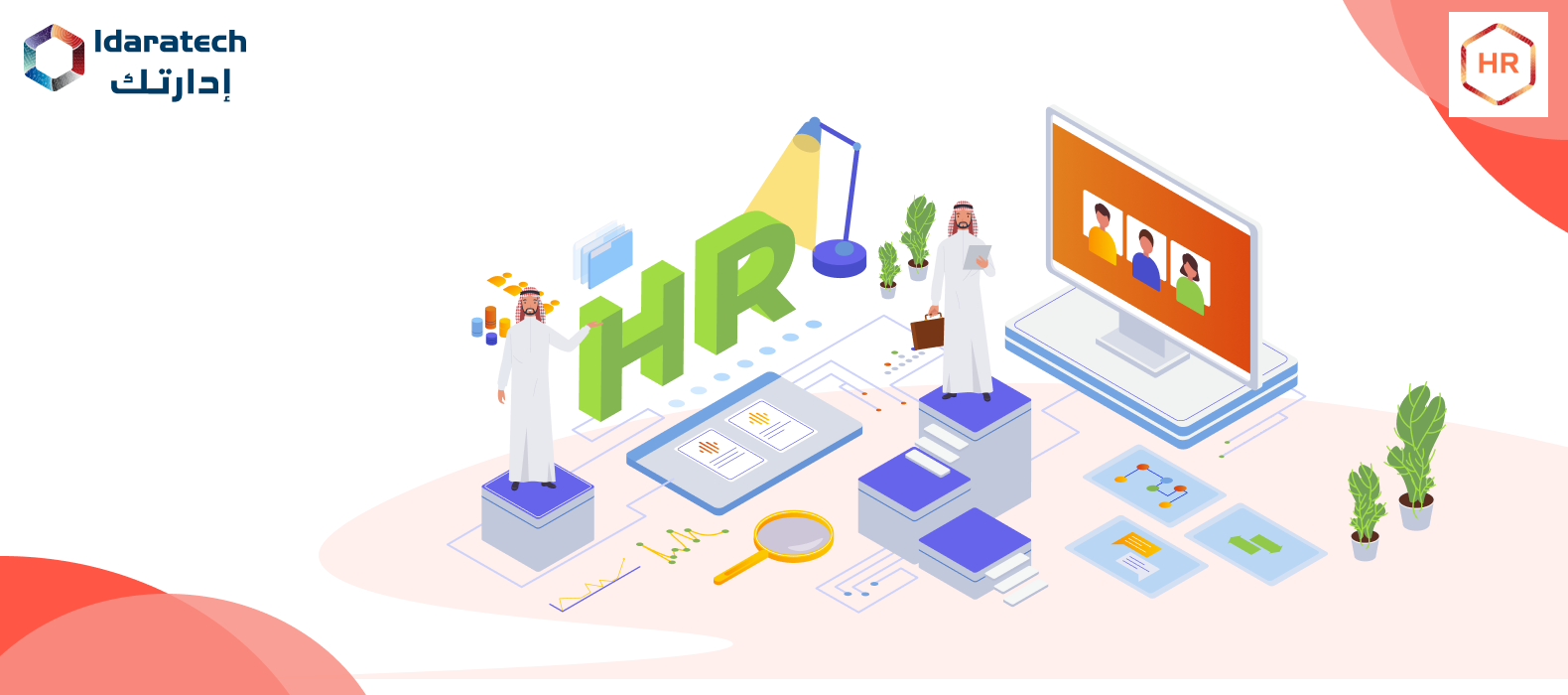People are frequently referred to as an organization’s most valuable asset. However, until recently, marketing, finance, and sales were seen as more crucial to a company’s success than human resource management. New technologies, worldwide markets, and adjustments to organizational hierarchy have significantly changed this idea. Today’s company executives place a high priority on finding and retaining the best talent. As technology advances and the labour market changes, all organizations increasingly rely on human resources (HR) professionals to attract, retain and engage their workforce. The roles of HR managers include organizing, coordinating, and monitoring the hiring of new personnel.
What are the primary roles of human resources? This article will list the ten most important human resources roles. Furthermore, we will discuss these duties and explain how properly fulfilling them can benefit the organization’s personnel and clients.
What is the Human Resources Management System?

An HRMS, or human resources management system, is a group of software tools used to manage human resources and associated procedures during an employee’s career. An HRMS allows a business to completely comprehend its employees while maintaining compliance with evolving tax and labour legislation.
The major users are HR leaders and staff because they manage daily workforce operations and are in charge of compliance and performance reporting. However, HR isn’t the only division to gain. To attract younger hires, businesses might empower managers and staff with self-service for basic activities. Executives can use an HRMS to get information on worker trends and their effects on the organization.
Additionally, finance teams benefit greatly from HRMS integration with the accounting system because HR-related costs are among a company’s highest outlays. Leading providers will go above and beyond simple accounting to help a business get more financial insights from HR data.
Roles of Human Resource Management

In this post, we will list several high-performance work roles. Accordingly, if these procedures or duties are carried out, HR adds value. The roles are based on an updated overview of decades of HR research. Let’s go over each one individually.
1. Choosing candidates:
HR is responsible for choosing candidates and determining if they are qualified for a position. Even though professional testing companies are frequently used, HR should be in the lead of this process.
Although sellers may try to offer you a variety of evaluations (of course), scientific research indicates that only a select number are effective. These consist of IQ testing, work assessments, conscientiousness assessments, structured interviews, and peer evaluations.
2. Performance Appraisals:
Employees are tested to ensure that they will perform to the best of their abilities in their new capacity. Performance appraisal, also known as performance review or evaluation, is a technique for assessing an employee’s work performance. This occurs annually or twice a year in the majority of businesses.
These reviews boost attention, help employees define professional and personal objectives, improve performance, and determine training requirements. They also help managers and employees communicate more effectively.
Even if it might be trendy, getting away from assessments is not the answer. More businesses are choosing the alternative, which may have some merit—more continual input. Even so, formal performance reviews are frequently seen as best practices and one of HR’s most important responsibilities.
3. Promotions:
Setting promotion guidelines is one of HR’s duties, along with hiring from within. Normally, promotions are given based on performance or seniority. They are an important component of a successful succession plan and a great strategy to keep high performers who are keen to grow professionally.
HR is responsible for developing policies that support the internal promotion of talent. Promotions should consider expected future performance in addition to current performance while making decisions.
4. Information Transfer:
Information exchange with employees is mostly the responsibility of HR. To keep everyone informed, this can be done through a straightforward newsletter. It also includes work safety policies, layoff notices, mergers, acquisitions, and any other significant event that benefits employees.
Sharing accurate, timely, and transparent information is essential for gaining and sustaining support for successful organizational change.
Know-how (experience), know-what (knowledge), and know-who are common terms used to describe this (finding the person to help solve the problem). These three components are essential to finding speedy and lasting solutions to issues.
Additionally, particularly in large firms, HR is critical in promoting this.
5. Analytics & Data Management:
One of the most recent HR roles to be added is data management. It includes the capacity for data-driven decision-making, demonstrated by the capacity for reading, comprehending, producing, and disseminating data and information and influencing decision-making.
Working with measurements and KPIs, conducting data analysis (also known as people analytics), creating dashboards, and turning these insights into actions are all necessary for this role.
6. Training:
Even the most qualified applicant needs the training to start at a new company. Giving employees the skills and knowledge they need to do their jobs well is the goal of employee training. Employers must be willing to make a sizable financial investment in training their staff members. This supports the employee’s personal development in addition to the company’s.
To keep their employees, they invest much in providing high-quality training. Employee retention is higher when they believe they have the opportunity for advancement. The opportunity for employees to upgrade their abilities raises morale and overall satisfaction.
7. Communication:
In controlling the work environment, human resources are essential. When there are problems among employees relating to the workplace, they are the first to respond. Employees can more easily focus their efforts on the company’s success when there is effective communication. The human resources division’s job is to encourage improved communication among staff members.
8. Groups for Solving Issues:
Problem-Solving Team employees actively participating in problem-solving are called groups, also known as quality circles. Volunteers form groups that meet for a few hours once or twice a week to discuss issues with productivity and quality. These groups have a certain kind of facilitator or leader. In addition to ensuring the ideal team makeup and assisting in forming these groups, HR can also play a crucial role in enabling these teams to have an impact.
9. Management of HR Technology:
A more recent role is technology management. It first appeared in the 1990s to enable effective HR practices and bring the HR strategy to life through technology. It facilitates a better employee experience and assists in integrating HR processes. It is also known as digital HR.
For instance, the company’s learning management system can now communicate with the applicant tracking system (LMS). As soon as the new employee logs into their LMS, it suggests the courses they should take to improve in their new position. This significantly boosts HR’s influence.
10. Employee Compensation:
A crucial role of human resource management is fair compensation. Work is not performed for free; rather, it is governed by a social contract between the worker and the employee and a legal contract. Both contracts require management. Employees will work harder and stay with the organization if they believe their compensation is fair.
Conclusion
We have concluded the overview with the ten most well-known Human Resources roles. When properly managed, these high-performing work methods will produce motivated workers and superior organizational performance. Effective human resource management aims to build organizational value through motivated staff members.
That these HR roles should complement one another is a given. Finding the right candidates can be challenging if you don’t pay your employees fairly. Alternatively, you run a significant risk if you have a grievance procedure in place but cannot settle disputes.
FAQs
Question 1: What are the purposes of human resource management?
The strategic method of developing and assisting people and providing a positive work environment is known as human resource management. Although its duties vary across various organizations and industries, they often include hiring, paying and providing benefits, training and development, and managing employee relations.
Question 2: Why choose for Idartech HR if you require human resource management services?
For HR professionals to spend more time on their employees and less on administrative tasks, Idartech HR solutions automate and streamline important requirements. We provide basic and tailored packages with some of the following features:
- Powerful workforce reporting that turns data into a trusted source of decision-making
- Self-service and mobile apps allow for the speedy completion of time-sensitive tasks.
- A security that is industry-recognized to help protect critical data
Question 3: What are the benefits of using an HRMS?
With the help of HRMS, essential administrative tasks may be transformed into vital business value accelerators while still satisfying the core requirements of HR. These data-driven, people-centric technologies could enable HR managers to:
- Boost employee productivity
- Reduce expensive redundancies
- Streamline their hiring procedures
- Engage and keep your staff
Question 4: Why is HRMS essential?
A company’s employees are one of its most important assets. It is a live, breathing resource that requires ongoing management. The hiring procedure is only one aspect of the human resource department. It is important to the ongoing operations of a business. Only an organization’s success can determine how important human resource management is.

